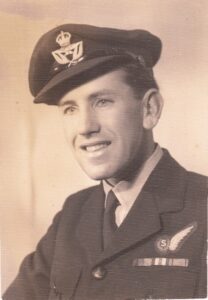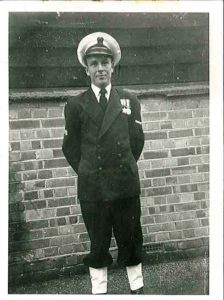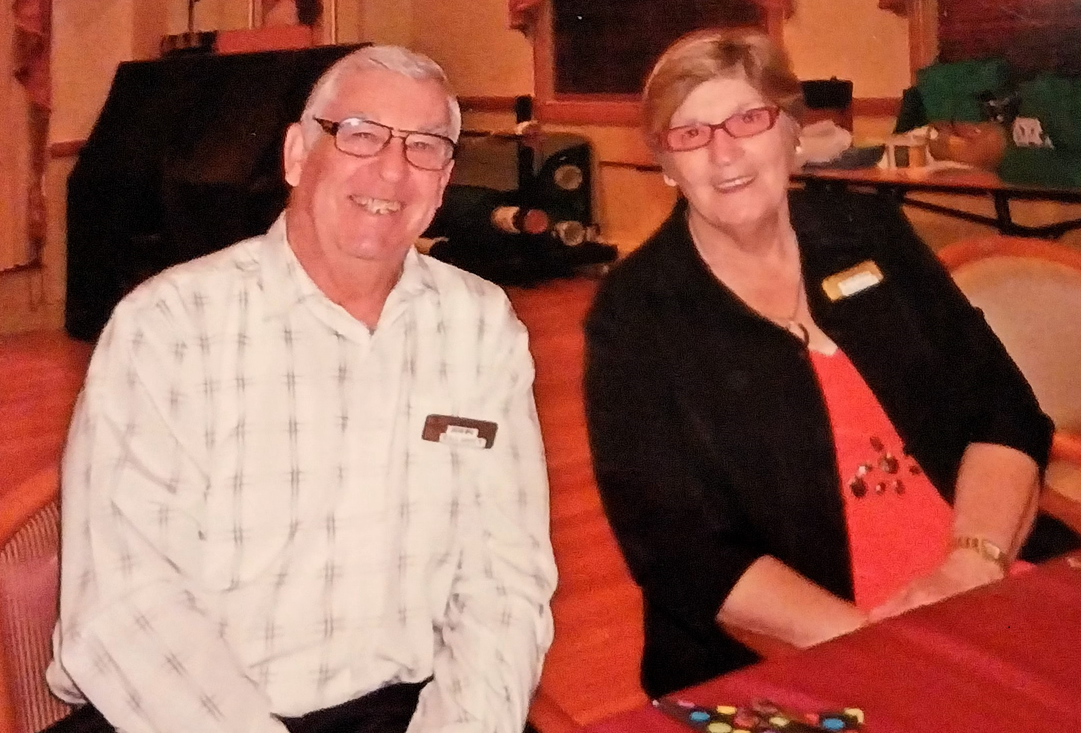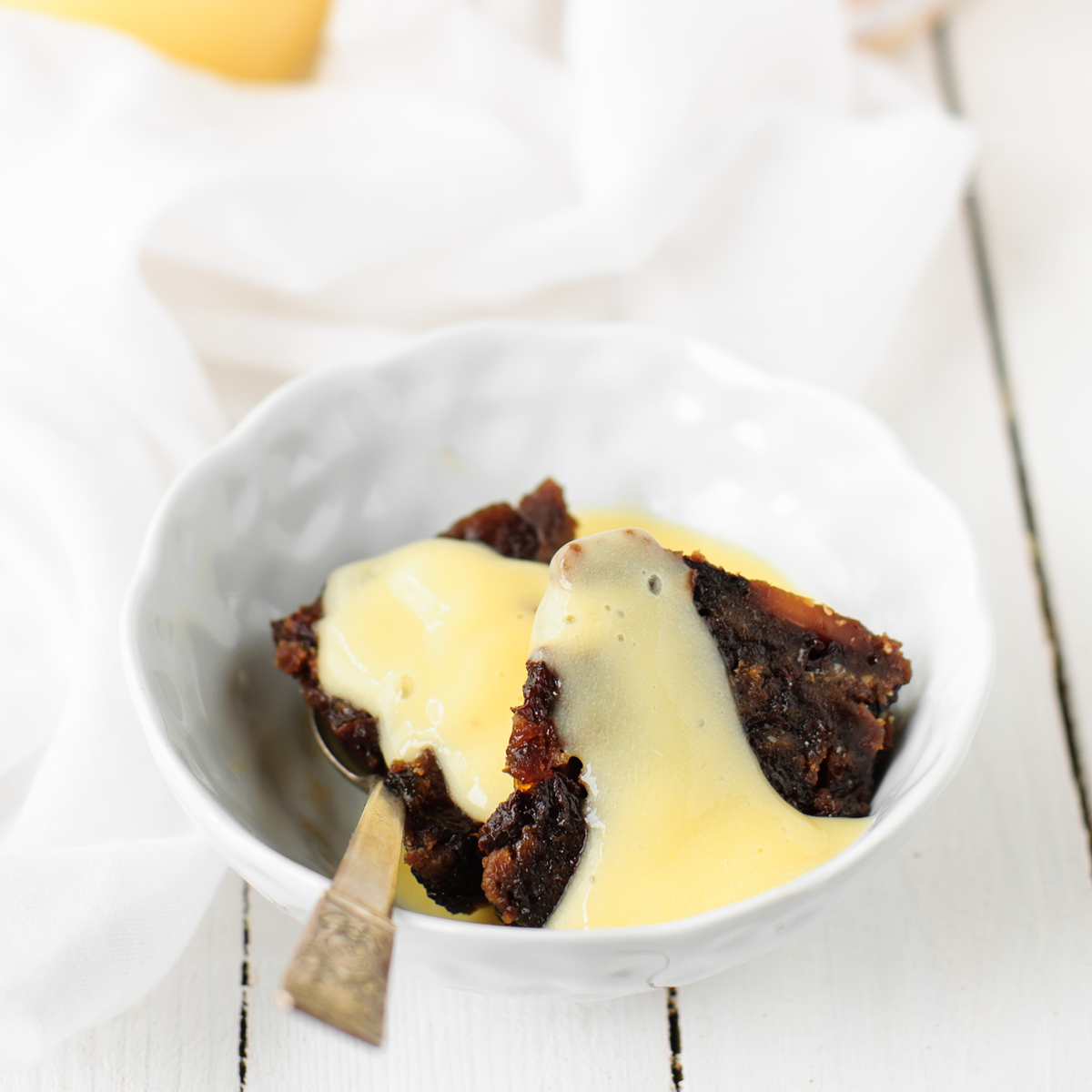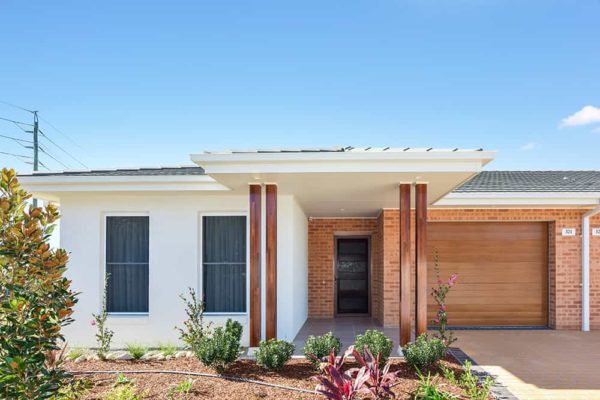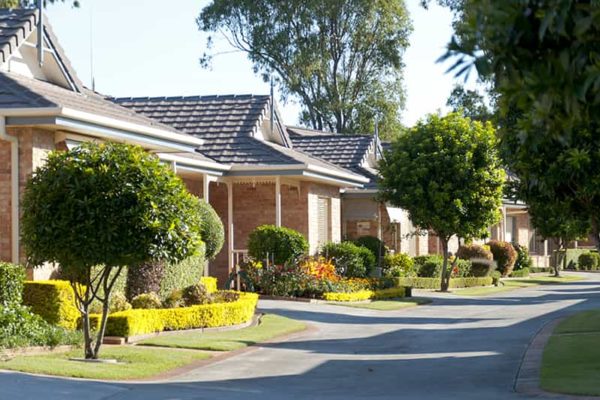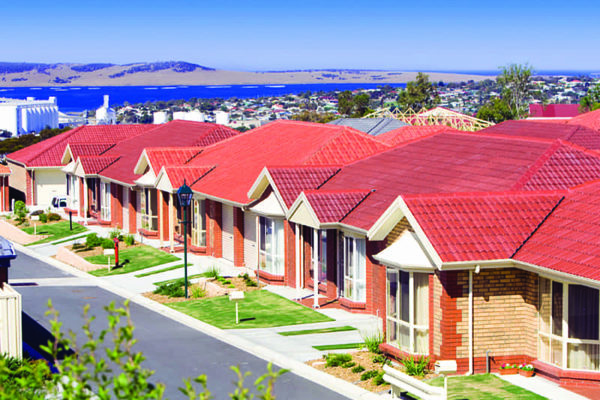Glengara Retirement Village resident Syd Benton was a Leading Aircraftsman in the Royal Australian Air Force in World War II.
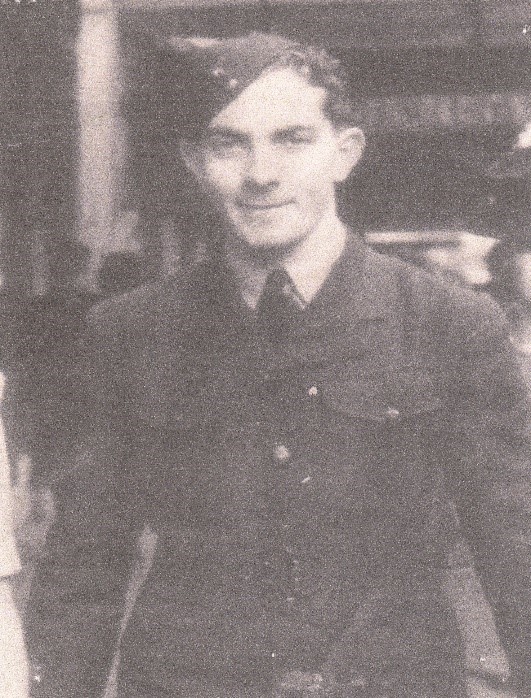
Syd joined the Royal Australia Air Force (RAAF) on 26 January 1943. He was sent to the Townsville Base to help prepare American vehicles for use in the war. It was the first time Syd and his mates had ever driven an automatic. This is his story.
October 1943: ‘Be ready to leave’
On 11 October 1943 I turned 19 years of age. You were not allowed out of Australia to an overseas War Zone until you had turned 19. Not long after, we were woken up one morning at around 4:00am and heard the words, “let’s go boys, we are off. Be ready to leave in one hour”. We were then picked up and loaded onto a truck and taken to the airstrip. There were about 15 of us, and once at the airstrip we boarded a DC3 Freighter. The month was November 1943, and it was quite hot.
A couple of young fellows were loading the gear and another young chap, who looked about 17, with no shirt on, just shorts, flying boots and a cigarette, said, “OK boys, get the gear on and let’s go”. We all looked at each other, then he said, “who’s in charge of you people?”. In the distance I heard, “I am”, and the Sergeant appeared. Then the young fellow in the shorts and boots said “OK, I want a hand up front, we are ready to go”. He locks all doors, checks everything is secure and hops into the pilot’s seat and the Sergeant sits next to him. The engines start, clearance from the tower was requested and given, and off we go. There were no seat belts as there were no seats. We sat on luggage and kit bags.
About two and a half hours later, we arrived at Milne Bay, New Guinea. The young fellow was, in fact, a flying officer and he had made a perfect landing. We arrived in time for breakfast of bully beef and diced carrots – welcome to the War Zone. A few hours later, we boarded another flight to our real destination – Goodenough Island – a small island off the tip of New Guinea. After heavy fighting and bombing to remove the Japanese, the place was a mess.
“We arrived in time for breakfast of bully beef and diced carrots – welcome to the War Zone.”
Our group joined up with Transport Section 7, transport, and movements, which was transport support for two Australian Squadrons; Beaufort Bombers (No. 7) and Beaufort Fighters (No. 100). We handled everything that came in from sea or air. Included in the cargo list were people, food, drinks (including liquor), ammunition, bombs, spare parts, vehicles, and so on. We even collected 44-gallon drums of Japanese fuel which were scattered around in the jungle.
December 1943: all hell broke loose
By now it was December 1943, and our aircraft were making great inroads into Japanese-held territory. The Japanese had taken over most of the islands in the area and were heading for Australia. We had a very large contingent of both Australian and American soldiers on Goodenough Island and we were expecting trouble at any time. Sure enough, there was!
Around midnight, Christmas Eve, 1943, all hell broke loose. We had a large rail hanging from a chain located near the mess hut and it was hit with a hammer at lunch time, or whenever we were all required. It rang like a church bell, very loud, and even louder at midnight. We were told to lay in the trenches, face down, hands over our ears, never mind the trenches being half full of water. The noise of hundreds of ack ack guns, machine guns, bofors guns and anything else that could be fired – all going off at once – was deafening. There were many Japanese bombers, but they were kept up high and silhouetted against the moonlight. The airstrip was heavily damaged, and an Army searchlight received a direct hit. Sadly, five people lost their lives.
“We were told to lay in the trenches, face down, hands over our ears, never mind the trenches being half full of water.”
By the following morning, Christmas Day, all persons were accounted for except the Commanding Officer. A search was organised, and I found him propped up against a tree, dead, his gun by his side. We were all nervous now, wondering when the next attack, possibly with more aircraft, may come. Thankfully, it did not happen. Our Fighters and Bombers traced where the Japanese came from and put that lot out of business.
Mid-1944: a horrific aftermath
By mid-1944, the Japanese were moved further away, and we were also moved up. This time we were relocated to Madang, East Coast, New Guinea. What a sight that was! Japanese ships sunk in the harbour, their vehicles and smaller vessels were also destroyed. Trees stripped of their branches and bomb craters everywhere. I was part of the RAAF Advance group, as was my mate, Jimmy Phillips and a dozen others. The Japanese had only just been pushed out and the aftermath of the battle here was horrific.
We selected an area to set up our tents, only to discover we were walking on live ammunition. A large bomb crater was found, then we set about picking up what we could find and putting it in the crater. Then in good military style, the Sergeant said, “OK, take cover, I am going to throw a grenade into the pile, so keep your heads down”. This he did and the explosion widened the crater to twice the original size.
Army bulldozers moved in to clear the area and we set camp right on the water’s edge. The tents were set up and the rest of our crew arrived from Goodenough Island. All our aircraft had departed so they could reach further north driving the Japanese back and sinking their ships. We still operated the same, however another Transport Unit would take our place further up. This place (Madang) was much busier than Goodenough Island with more aircraft coming and going.
We used to swap fresh fruit with the Navy boys for fresh meat and their iced bubblers below deck was something else. On the island, for most of the year we found plenty of banana and pawpaw, however here in Madang, nothing for some reason.
Another thing we did was a lot of fishing but not in the usual way with lines or rods. We just found where they were and dropped a grenade over the side of the boat, waited for the stunned fish to float to the surface, then picked them up. I guess not getting blown up in the process was the real trick!
“We just found where [the fish] were and dropped a grenade over the side of the boat.”
The Americans had lots of soldiers in the area and they would set up picture shows within the jungle setting. I used to drive one of the big American GMC vehicles to take all the boys to the various venues. The large screen was hung between two palm trees. We had good waterproof groundsheets, which you could also wear. Many a night we sat in the pouring rain, with groundsheet and an Air Force hat on to watch the pictures.
A family reunion
One night, Jim Phillips and I rowed across to a Navy ship anchored offshore. In the distance we could see another ship with all the flags and bunting. We pulled up alongside and sang out to the Duty Officer “what is on tonight?”. He said an Army Entertainment Unit, the ‘Tasmaniacs’, are here. I said to Jim, “my brother Arthur is the Officer in Charge of that unit”. We went on-board and the Officer said, after I told him who I was “we’ll surprise him”, and we did. He could not believe his eyes. We stayed for the show, and I was able to see quite a lot of Arthur for the next week or so. It was really exciting to see him.
Because the war had moved much further north, things quietened down a lot. No more air raids and not a lot happened, just the routine stuff. The time seemed to go a lot slower up until one day, early in 1945, my 18 months away had come to an end and my posting home had come through.
Read more veterans stories
Wireless Operator
Royal Australian Air Force
Officer’s Cook
British Royal Navy, part of Operation Neptune
